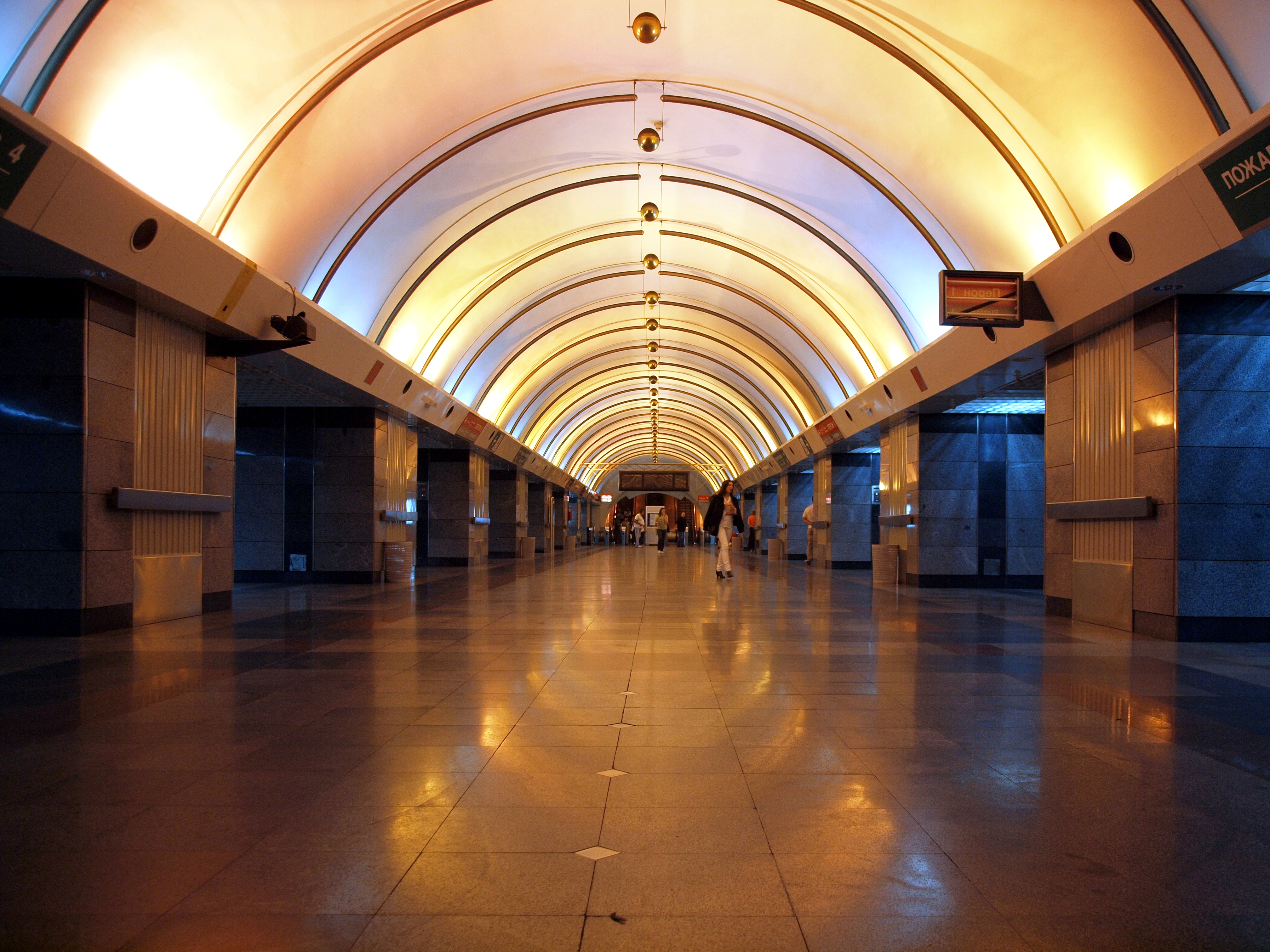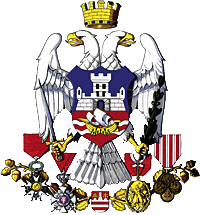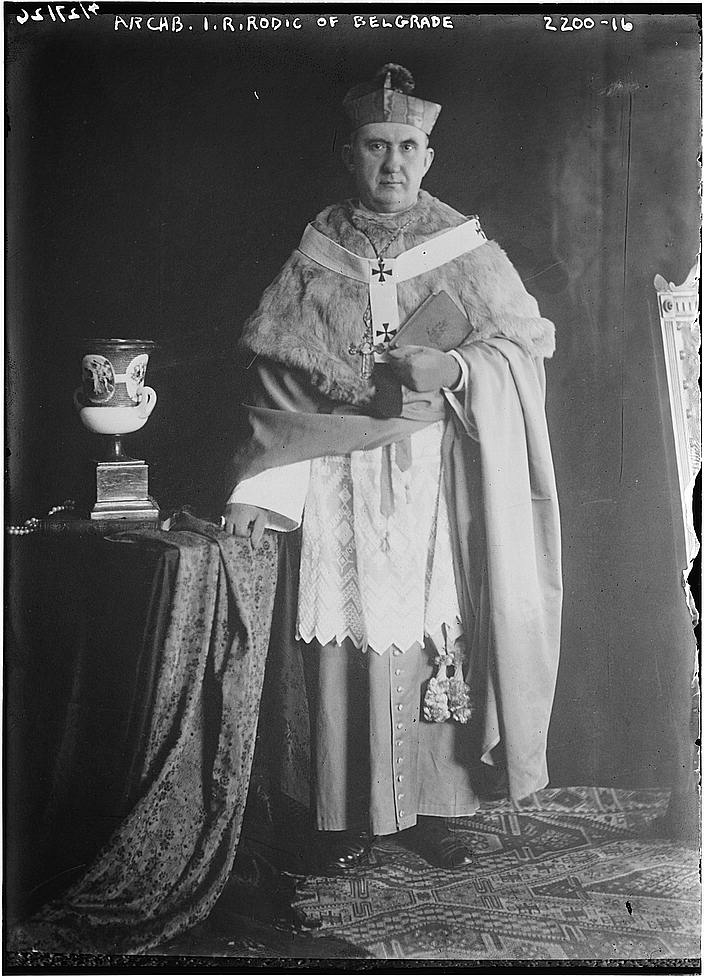|
Kalenić, Belgrade
Kalenić (Serbian Cyrillic: Каленић, ) is an urban neighborhood of Belgrade, the capital of Serbia. It is located in Belgrade's municipality of Vračar, centered on the Kalenić market, one of the main open greenmarkets in Belgrade. Location Kalenić is located 2 kilometers south-east of downtown Belgrade (Terazije), on the northern slopes of the Vračar hill. It extends into the neighborhoods of Čubura on the south, Crveni Krst on the east, Vukov Spomenik on the north and Krunski Venac on the west, in the direction of Cvetni Trg. History Industrialist Milan Vapa founded the first paper mill in Belgrade in 1905, at the corner of Vuka Karadžića Street and Topličin Venac in the neighborhood of Kosančićev Venac. In 1907 he relocated it to Kalenić. He moved his business again in the new cardboard factory, built from 1921 to 1924, in Bara Venecija (). The area became known as the ''Kalenića gumno'' (Kalenić's threshing floor), as it historically served this purp ... [...More Info...] [...Related Items...] OR: [Wikipedia] [Google] [Baidu] |
List Of Belgrade Neighbourhoods And Suburbs
Belgrade, the capital city of Serbia, is divided into seventeen municipalities, of which ten are urban and seven suburban. In this list, each neighbourhood or suburb is categorised by the municipality in which it is situated. Six of these ten urban municipalities are completely within the bounds of Belgrade City Proper, while the remaining four have both urban and suburban parts. The seven suburban municipalities, on the other hand, are completely located within suburban bounds. Municipalities of the City of Belgrade are officially divided into local communities ( Serbian: месна заједница / ''mesna zajednica''). These are arbitrary administrative units which on occasion correspond to the neighbourhoods and suburbs located in a municipality, though usually they don't. Their boundaries often change as the communities merge with each other, split from one another, or change names, so the historical and traditional names of the neighbourhoods survive. In the majority ... [...More Info...] [...Related Items...] OR: [Wikipedia] [Google] [Baidu] |
Vukov Spomenik
Vukov Spomenik or colloquially Vuk ( sr-cyr, Вуков Споменик; en, The Vuk Monument) is an urban neighborhood of Belgrade, the capital of Serbia. It is located on the tripoint of Belgrade's municipalities of Zvezdara, Palilula and Vračar, and served by the underground Vukov Spomenik railway station. Location Vukov Spomenik is located on the crossroad of the Bulevar kralja Aleksandra and ''Ruzveltova'' street, in the valley between the north-eastern slopes of the Vračar and western slopes of the Zvezdara hills. It borders the neighborhoods of Tašmajdan on the west and Palulula and Hadžipopovac on the north (in Palilula municipality), Slavujev Venac on the north-east and Đeram on the north (in Zvezdara municipality) and Krunski Venac and Kalenić in the south. History Below the modern monument and railway station, there is an underground water well, sort of a "twin" of the better known Roman Well in the Belgrade Fortress. The well was built on the sam ... [...More Info...] [...Related Items...] OR: [Wikipedia] [Google] [Baidu] |
Operation Tidal Wave
Operation Tidal Wave was an air attack by bombers of the United States Army Air Forces (USAAF) based in Libya on nine oil refineries around Ploiești, Romania on 1 August 1943, during World War II. It was a strategic bombing mission and part of the " oil campaign" to deny petroleum-based fuel to the Axis powers. The mission resulted in "no curtailment of overall product output". This operation was one of the costliest for the USAAF in the European Theater, with 53 aircraft and 660 air crewmen lost. It was proportionally the most costly major Allied air raid of the war, and its date was later referred to as "Black Sunday". Five Medals of Honor and 56 Distinguished Service Crosses along with numerous others awards went to Operation Tidal Wave crew members. A 1999 research report prepared for the Air War College at Maxwell Air Force Base in Alabama concluded that the bombing campaign in Ploiești was "one of the bloodiest and most heroic missions of all time". One of the downed A ... [...More Info...] [...Related Items...] OR: [Wikipedia] [Google] [Baidu] |
Strategic Bombing During World War II
World War II (1939–1945) involved sustained strategic bombing of railways, harbours, cities, workers' and civilian housing, and industrial districts in enemy territory. Strategic bombing as a military strategy is distinct both from close air support of ground forces and from tactical air power. During World War II, many military strategists of air power believed that air forces could win major victories by attacking industrial and political infrastructure, rather than purely military targets. Strategic bombing often involved bombing areas inhabited by civilians, and some campaigns were deliberately designed to target civilian populations in order to terrorize them and disrupt their usual activities. International law at the outset of World War II did not specifically forbid the aerial bombardment of cities – despite the prior occurrence of such bombing during World War I (1914–1918), the Spanish Civil War (1936–1939), and the Second Sino-Japanese War (1937–1945 ... [...More Info...] [...Related Items...] OR: [Wikipedia] [Google] [Baidu] |
Interbellum
In the history of the 20th century, the interwar period lasted from 11 November 1918 to 1 September 1939 (20 years, 9 months, 21 days), the end of the First World War to the beginning of the Second World War. The interwar period was relatively short, yet featured many significant social, political, and economic changes throughout the world. Petroleum-based energy production and associated mechanisation led to the prosperous Roaring Twenties, a time of both social mobility and economic mobility for the middle class. Automobiles, electric lighting, radio, and more became common among populations in the developed world. The indulgences of the era subsequently were followed by the Great Depression, an unprecedented worldwide economic downturn that severely damaged many of the world's largest economies. Politically, the era coincided with the rise of communism, starting in Russia with the October Revolution and Russian Civil War, at the end of World War I, and ended with the rise ... [...More Info...] [...Related Items...] OR: [Wikipedia] [Google] [Baidu] |
Co-cathedral Of Christ The King, Belgrade
The Co-cathedral of Christ the King ( sh, Konkatedrala Krista Kralja) is a Catholic place of worship located in ''Krunska 23'', in the city center of Belgrade, Serbia. It is the oldest extant Catholic church in the city south of the Sava and the Danube rivers, and was built between 1924 and 1988, the cathedral of the Archdiocese of Belgrade. History The Co-Cathedral of Christ the King is the oldest catholic place of worship of Belgrade. Its construction was undertaken only in 1924: in fact, since 1914 the negotiations were taking place between the Holy See and the Serbian government for the construction of a church. The new temple, dedicated to St. Ladislaus, was solemnly consecrated by the Apostolic Nuncio Pellegrinetti December 7, 1924 and elevated to the rank of cathedral of the newly Archdiocese of Belgrade, which was the first Archbishop Ivan Rafael Rodić. In 1926, the church was expanded and reached its current size, was also dedicated to Christ the King next year, wer ... [...More Info...] [...Related Items...] OR: [Wikipedia] [Google] [Baidu] |
Ivan Rafael Rodić
Archbishop Ivan Rafael Rodić, O.F.M. (also , it, Giovanni Raffaele Rodic; June 15, 1870 – May 10, 1954) was a Croatian Franciscan prelate, who served as the first Archbishop of the Roman Catholic Archdiocese of Belgrade-Smederevo between 1924 and 1936. Biography Rodić was born on June 15, 1870, in the village of Nurkovac, at the time in the Kingdom of Croatia-Slavonia. As a Franciscan, he graduated from the Vienna University of Theology and started teaching theology in Baja, Hungary in 1893, where he remained until 1898. He became the Abbot of the Franciscan monastery in Vienna, and the provincial minister of several monasteries in Croatia. Between 1881 and 1884, he was the provincial of the Province of St. John of Capistrano that included Slavonia, Syrmia and much of southern Hungary. In 1884, Rodić in his capacity as provincial declined the request of Ivan Antunović to help start a newspaper for the Bunjevci Croats in Bačka, fearing opposition from higher authoriti ... [...More Info...] [...Related Items...] OR: [Wikipedia] [Google] [Baidu] |
Roman Catholic Archdiocese Of Belgrade
The Catholic Archdiocese of Belgrade ( la, Archidioecesis Belogradensis; sh, Beogradska nadbiskupija; hu, Belgrádi főegyházmegye) is an archdiocese located in the city of Belgrade in Serbia. History In order to regulate status of local Catholic Church, the government of the Kingdom of Serbia concluded official Concordat with Holy See on 24 June 1914. By the Second Article of Concordat, it was decided that regular Catholic Archdiocese of Belgrade shall be created. Because of the breakout of the First World War, those provisions could not be implemented, and only after 1918 were new arrangements made: * October 29, 1924: Promoted as Archdiocese of Belgrade * December 16, 1986: Promoted as Metropolitan Archdiocese of Belgrade United Titles * Smederevo (Since December 23, 1729) Leadership * Bishops of Beograd ** Bishop Jozef Ignác de Vilt (22 December 1800 – 26 August 1806) ** Bishop Stefan Cech (26 September 1814 – 8 January 1821) ** Bishop Venceslao Soic (23 Decembe ... [...More Info...] [...Related Items...] OR: [Wikipedia] [Google] [Baidu] |
Threshing Floor
Threshing (thrashing) was originally "to tramp or stamp heavily with the feet" and was later applied to the act of separating out grain by the feet of people or oxen and still later with the use of a flail. A threshing floor is of two main types: 1) a specially flattened outdoor surface, usually circular and paved, or 2) inside a building with a smooth floor of earth, stone or wood where a farmer would thresh the grain harvest and then winnow it. Animal and steam powered threshing machines from the nineteenth century onward made threshing floors obsolete. The outdoor threshing floor was either owned by the entire village or by a single family, and it was usually located outside the village in a place exposed to the wind. Structure of outdoor floors Outdoor threshing floors are usually located near a farm or farmhouse, or in places easily accessible from growing areas. They are usually paved with material that may be of various kinds, for example round stone cobbles about the ... [...More Info...] [...Related Items...] OR: [Wikipedia] [Google] [Baidu] |
Bara Venecija
Bara Venecija ( sr-cyr, Бара Венеција) is an urban neighborhood of Belgrade, the capital of Serbia. It is located in Belgrade's municipality of Savski Venac, along the right bank of the Sava river. Location Bara Venecija is located on the right bank of the Sava river, roughly between the Old Sava bridge and Branko's Bridge some west of Terazije, downtown Belgrade. It is basically a small sub-neighborhood of the Savamala, which used to cover much larger area. History The area was originally a bog called ''Ciganska Bara'' ( sr-cyr, Циганска бара, "Gypsy pond"). The bog was charted for the first time in an Austrian map from 1789. It was a marsh which covered a wide area from modern Karađorđeva Street (at Kovač's Khan, at modern Hercegovačka Street) to the mouth of the Topčiderska reka into the Sava, across the northern tip of Ada Ciganlija. Marshy area covered modern location of the Belgrade Main railway station and parts of the Sarajevska and Ha ... [...More Info...] [...Related Items...] OR: [Wikipedia] [Google] [Baidu] |






